The Charge of the Light Brigade (1936 film)
7.8 /10 1 Votes
83% Rotten Tomatoes Genre Action, Adventure, Romance Duration Language English | 7.1/10 IMDb Country United States | |||||||||||||||||||||||||||||||||
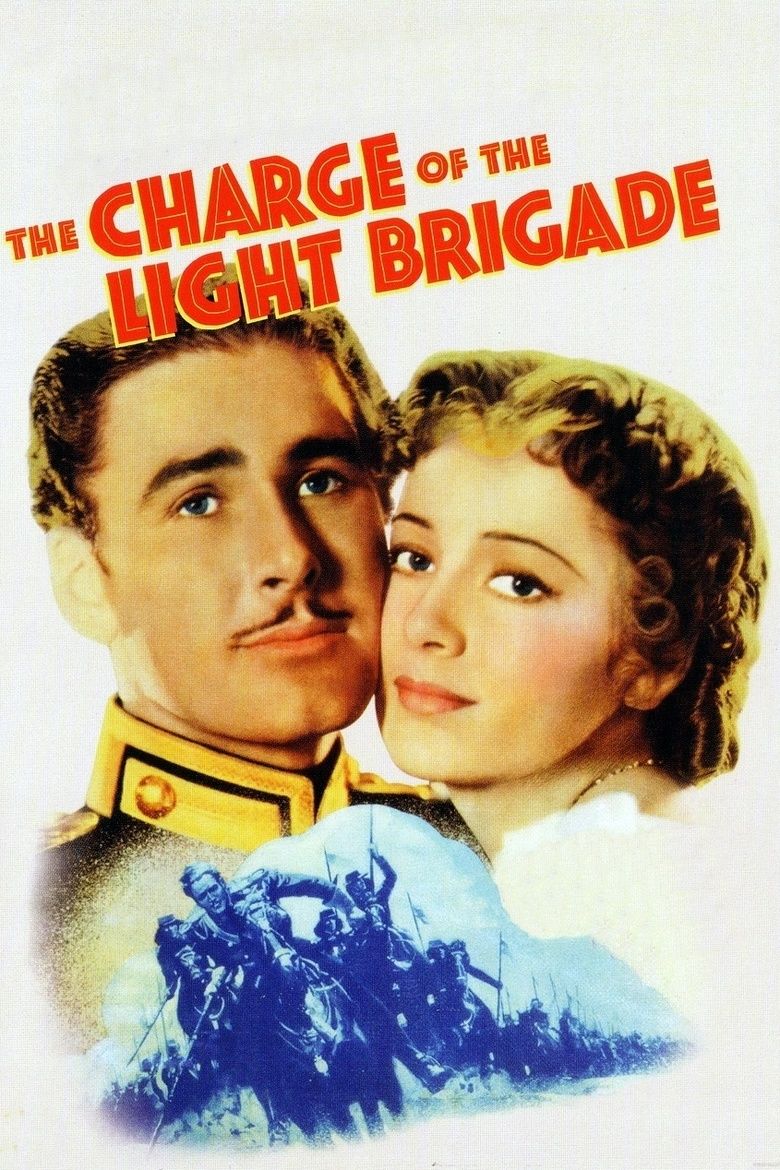 | ||||||||||||||||||||||||||||||||||
Release date October 20, 1936 (1936-10-20) (USA) Writer Alfred Lord Tennyson (poem), Michael Jacoby (original story), Michael Jacoby (screen play), Rowland Leigh (screen play) Cast (Major Geoffrey Vickers), (Elsa Campbell), (Captain Perry Vickers), (Sir Charles Macefield), (Sir Benjamin Warrenton), (Colonel Campbell) Similar movies Soldier Blue , , The Lord of the Rings: The Two Towers , Harry Potter and the Deathly Hallows: Part 1 , G.I. Joe: The Rise of Cobra , The Punisher Tagline The reckless lancers sweep on and on - so that a woman's heart might not be broken! You're not fighting a single legion - you're fighting the entire British army, Surat Khan! | ||||||||||||||||||||||||||||||||||
The charge of the light brigade film score
The Charge of the Light Brigade is a 1936 American historical adventure film made by Warner Bros. It was directed by Michael Curtiz and produced by Samuel Bischoff, with Hal B. Wallis as executive producer, from a screenplay by Michael Jacoby and Rowland Leigh, from a story by Michael Jacoby based on the poem The Charge of the Light Brigade by Alfred, Lord Tennyson. The music score was by Max Steiner and the cinematography by Sol Polito. Scenes were shot at the following California locations: Lone Pine, Sherwood Lake, Lasky Mesa, Chatsworth and Sonora. The Sierra Nevada mountains were used for the Khyber Pass scenes.
Contents
- The charge of the light brigade film score
- The charge of the light brigade 1968
- Plot
- Cast
- Development
- Shooting
- The Charge sequence
- Disclaimer at the end of opening credits
- Reception
- Awards
- The charge of the light brigade 1936 clip errol flynn david niven
- References
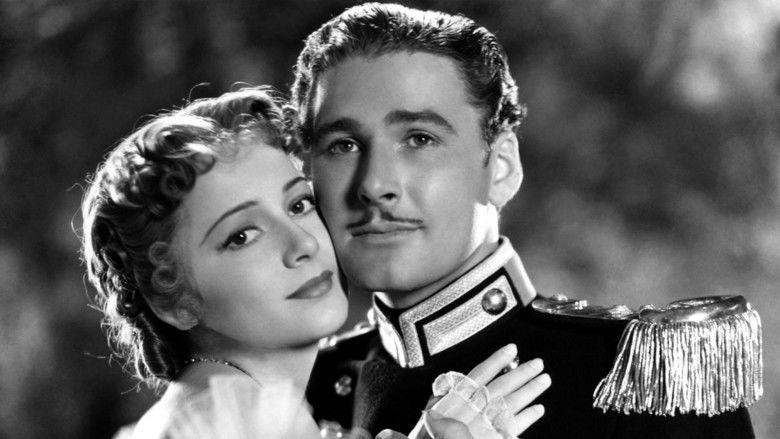
The film starred Errol Flynn and Olivia de Havilland. The story is very loosely based on the famous Charge of the Light Brigade that took place during the Crimean War (1853–56). Additionally, the story line seems to include the Siege of Cawnpore during the Indian Rebellion of 1857.

This was the second of eight films in which Errol Flynn and Olivia de Havilland starred together. The film was remade The Charge of the Light Brigade in 1968 starring Trevor Howard and Vanessa Redgrave.
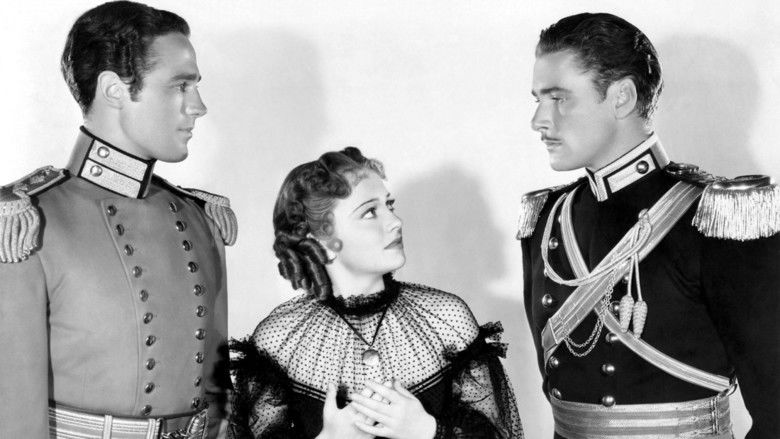
The charge of the light brigade 1968
Plot
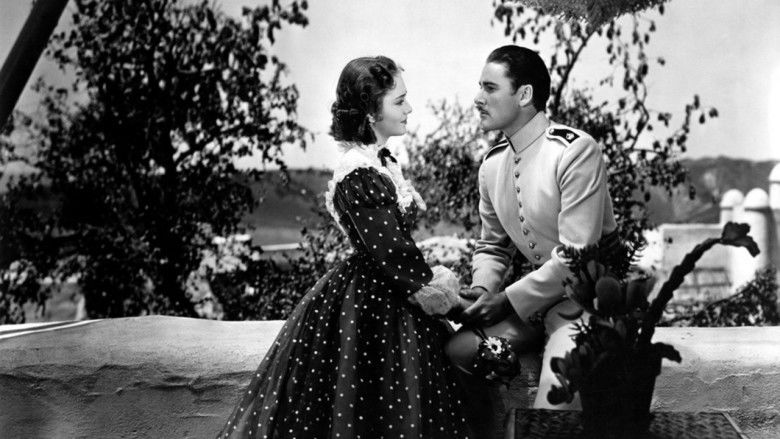
In 1854, Major Geoffrey Vickers (Errol Flynn) and his brother, Captain Perry Vickers (Patric Knowles), are stationed at the fictional city of Chukoti in India, with the 27th Lancers of the British Army during the period of East India Company dominance over the Indian subcontinent. Perry has secretly betrayed Geoffrey by stealing the love of his fiancee Elsa (Olivia de Havilland).
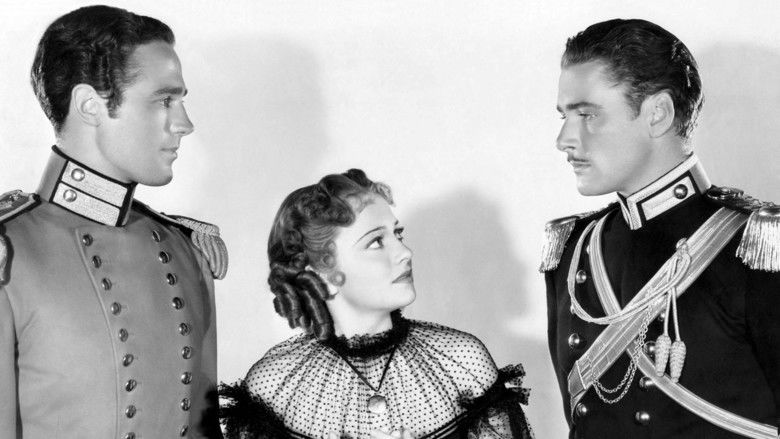
During an official visit to local tributary rajah, Surat Khan (C. Henry Gordon), Geoffrey saves the rajah's life. Later, Surat Khan massacres the inhabitants of Chukoti (mainly the dependents of the lancers), and allies himself with the Russians, whom the British are fighting in the Crimean War. He spares Elsa and Geoffrey as they flee the slaughter to repay his debt to Geoffrey.
The love triangle and the quest for vengeance are both resolved at the Battle of Balaclava. Aware that Surat Khan is inspecting the Russian position opposite the 27th Lancers, Geoffrey Vickers secretly replaces the written orders of Sir Charles Macefield (Henry Stephenson) to the commander of the Light Brigade, Sir Benjamin Warrenton (Nigel Bruce). Vickers then orders the famous suicidal attack so the lancers can avenge the Chukoti massacre. He writes a note to Macefield explaining his actions and forces his brother Perry to deliver it, sparing him from almost certain death. The attack succeeds in reaching the Russian artillery positions. There, Vickers finds and kills Surat Khan, at the cost of his own life.
After receiving Vickers' note, Macefield takes responsibility for the charge and burns the note to protect Vickers' good name.
Cast
Opening credits
End credits
Development
The charge had been portrayed in a British movie, The Jaws of Death, in 1930.
Warner Bros.were inspired to make the film after Lives of a Bengal Lancer (1935) had been released to great popularity, ushering in a series of British Empire adventure tales. Michel Jacoby had developed a story based on the famous charge but, although Warners bought Jacoby's script, the final script was closer to Lives of a Bengal Lancer.
An original working title was The Charge of the 600.
Warners wanted an all-British cast. Errol Flynn (Australian, but considered Irish) had made such a strong impression in Captain Blood he was removed from supporting Fredric March in Anthony Adverse to play the lead in Charge of the Light Brigade. Ian Hunter was connected to the film early on. Anita Louise was announced as the female lead.
Patric Knowles had just joined Warner Bros at the recommendation of Irving Asher in London, the same man who recommended Errol Flynn. He was given the crucial support part of Flynn's brother. The movie gave an early important role for David Niven.
Edward G. Robinson tested for the role of the lead villain Surat Khan. Basil Rathbone was also considered before C Henry Gordon was cast.
Shooting
Shooting started April 1936.
During filming on location at Lone Pine California the unit helped put out a fire which started at a restaurant across the road from where the actors were staying.
There was some shooting done in Mexico where there were fewer restrictions on hurting animals.
The Charge sequence
The film comes to a climax at the Battle of Balaclava, subject of Lord Tennyson's poem The Charge of the Light Brigade. The lancers charge into the valley and brave the Russian cannons, and many are killed. Text from Tennyson's poem is superimposed on the screen, coupled with Max Steiner's musical score. Director Michael Curtiz, who did not have an excellent command of English, shouted "Bring on the empty horses", meaning "riderless horses". David Niven used this as the title of his book about the Golden Age of Hollywood.
The battlefield set was lined with tripwires to trip the cavalry horses. For the filming of the climactic charge, 125 horses were tripped; of those, 25 were killed or had to be put down afterward. Errol Flynn, an accomplished horseman, was outraged by the animal cruelty and by director Michael Curtiz's seeming indifference and attacked Curtiz. They were pulled apart before any serious damage was done. The charge sequence forced the U.S. Congress to ensure the safety of animals in motion pictures; the ASPCA followed suit and banned tripwires from films. Unlike Flynn's other blockbuster films, because of the number of horses killed, it was never rereleased by Warner Brothers.
Disclaimer at the end of opening credits
"This production has its basis in history.
The historical basis, however, has been
fictionized for the purposes of this picture
and the names of many characters, many
characters themselves, the story, incidents
and institutions, are fictitious. With the
exception of known historical characters,
whose actual names are herein used, no
identification with actual persons, living
or dead, is intended or should be inferred."
Reception
The film was a massive hit in Japan.
Awards
Jack Sullivan won the Academy Award for Best Assistant Director for his work on the film, and the film was also nominated for the Academy Award for Sound (Nathan Levinson) and the Academy Award for Original Music Score.
The charge of the light brigade 1936 clip errol flynn david niven
References
The Charge of the Light Brigade (1936 film) WikipediaThe Charge of the Light Brigade (1936 film) IMDbThe Charge of the Light Brigade (1936 film) Rotten TomatoesThe Charge of the Light Brigade (1936 film) themoviedb.org
